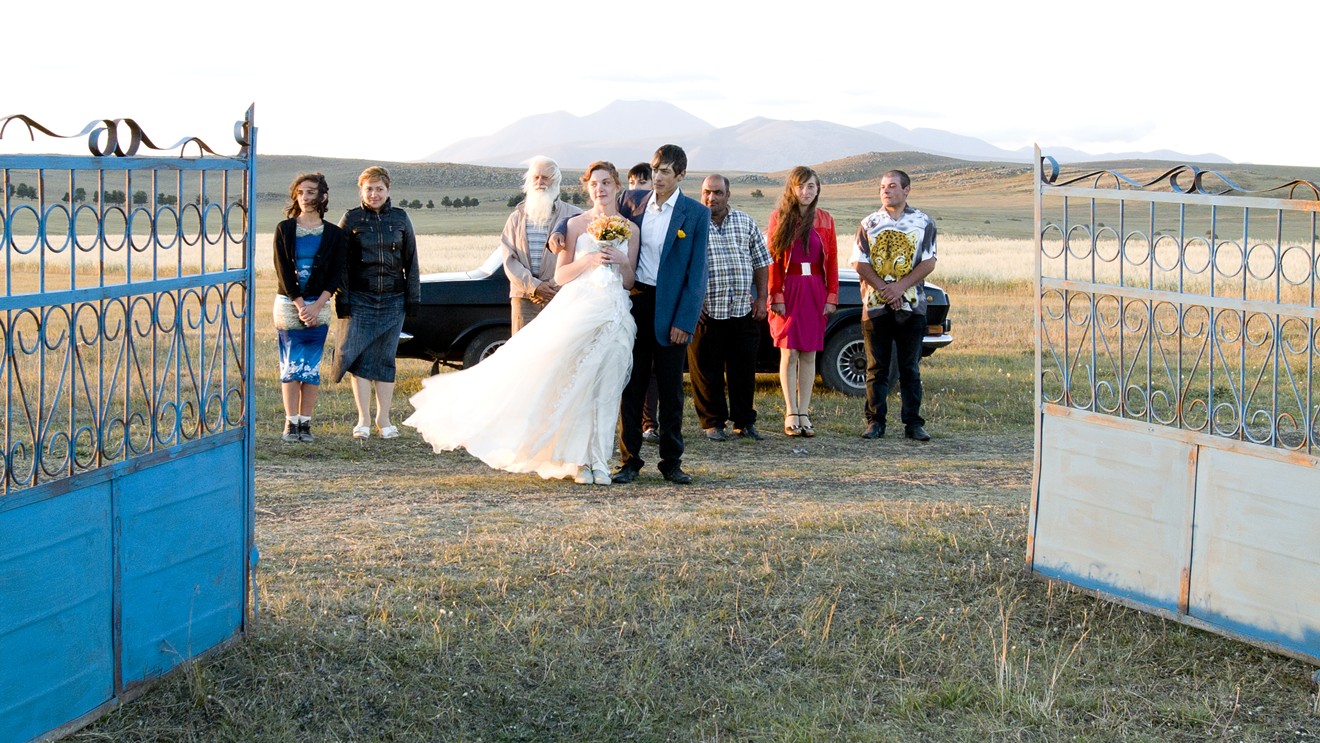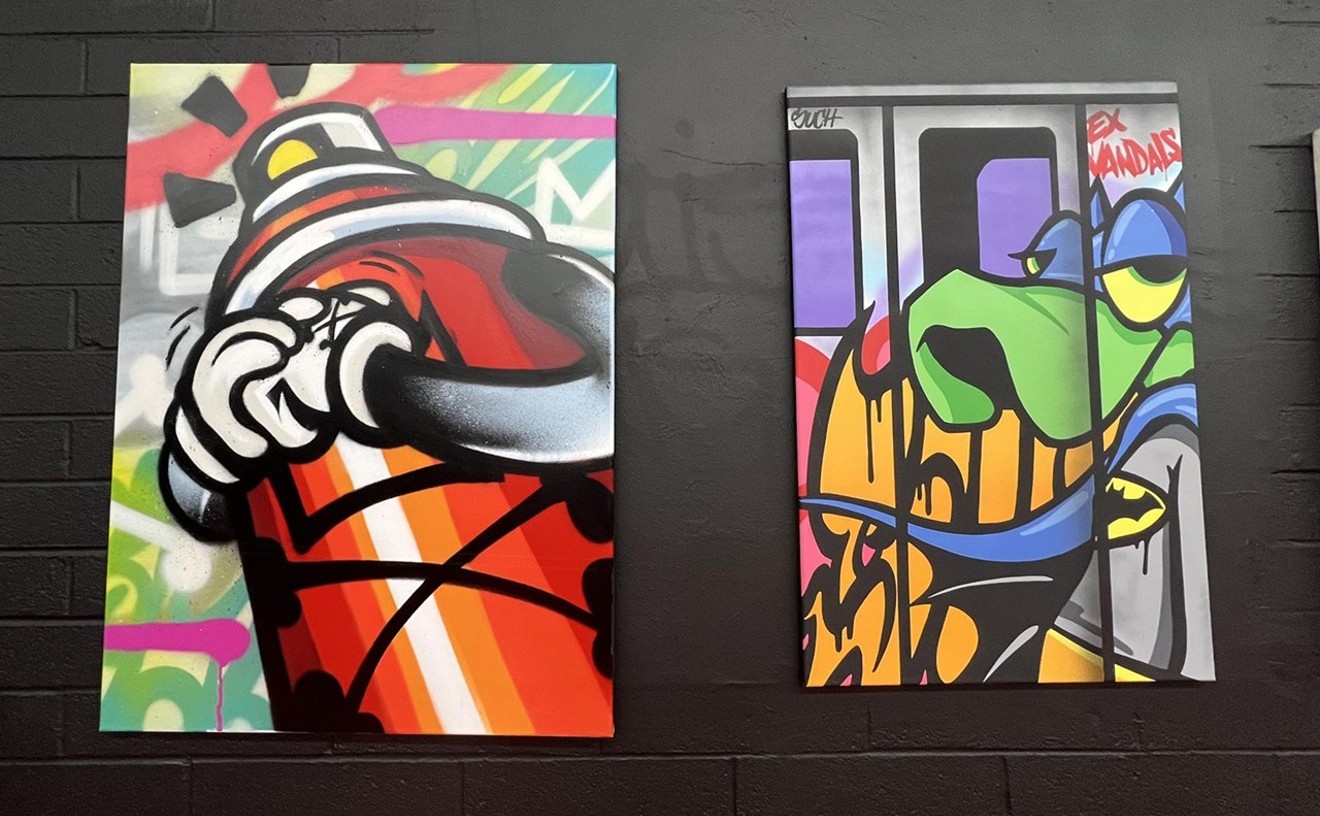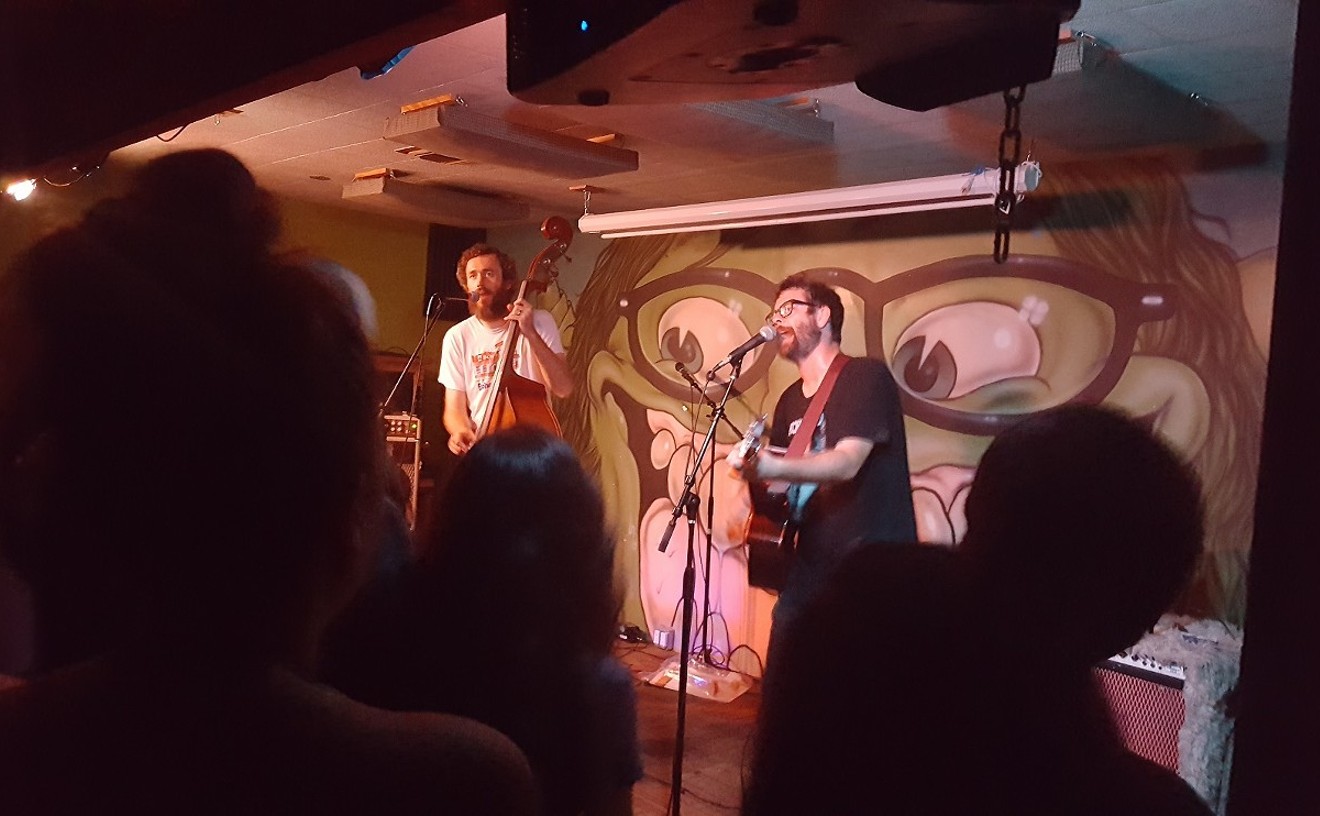Birds swarm across the sky, forming hypnotic patterns with their black bodies. A dead body lay sprawled in the woods, a yellow canary feather earring hanging off one ear. Black saltwater churns in slow motion around a fishing boat. Death, bodies in motion, and birds are three themes threaded throughout the short films in the Rural Route Festival's “Best of 2016-2017."
The Rural Route film festival aims “to highlight works that deal with unique people and places outside of the bustle of the city.” Based in New York, the fest's annual “best of” programs have screened over the last few years in the Valley, thanks to the efforts of local film programmers No Festival Required. It's not hard to see why No Festival keeps bringing the Rural Route shorts to Phoenix. The quality and depth of the films on display in the festival's program is staggering.
The films in this year's collection showcase a wide variety of different styles, ranging from animation to essay films to rural noir thrillers. They're all impressive films on an aesthetic level: Every short film in “Best of 2016-2017” shows off tight cinematography, breathtaking natural surroundings, and deft editing. Whatever standards the Rural Route organizers use to select films, they must be high, as many deserve a gold statue.
Case in point is Reka Busci's Love, the opening film in the program. The price of admission for the festival is worth it just to see her haunting and strange animated film. Planets swirl the night sky, wearing smiley faces. A horse falls so deeply in love with its own reflection that it drags it out of the river. Primeval cats and plants and ghostly giants fall in love and consume each other. Bodies merge, fall into pieces, and reform into new beings.
Love in Busci's film is the prime mover for evolution, for creation itself. Beautiful and destructive, it mashes entire species together and turns them into something new. The film is reminscient of Rene Laloux's Fantastic Planet in that both films do an exceptional job at depicting a world that feels genuinely alien. There is no dialogue, no context for the images on display. We just get to watch this lushly animated world come together and fall apart through enchanting visuals.
While “Love” starts the program off by plunging into a delirious fantasy world, most of the other films are firmly rooted in the real world. Some of the shorts like Kenneth Price's “Seed Saver” are essay film-style documentaries. Pleading for the importance of seed saving, Price uses archival footage of farming communities and a farmer narrator to talk about the importance of preserving seed diversity for future generations.
Other films showcase the hard, unforgiving jobs that people do on the margins of society to feed us all. Like the fishermen in Dive, wrestling with the cold black waters that lash at their boats and bodies. Or the doomed family in Black Canaries, losing generation after generation to a coal mine.
Black Canaries is the most unnerving film in the collection, and also the longest film in the program. Visually, it's a striking film. Its foreboding pastoral imagery recalls the beautiful and ominous look of Robert Eggers' The Witch. While there are no evil goats or demonic presences in Black Canaries, it's a horror movie nevertheless. The evil is the coal mine, whose open black mouth is framed like a portal to hell. The film shows the quiet dignity of the family working that mine, and their grim fatalism at the toll that work takes on their minds and bodies. The film is full of stark, brutal images (like the family gathering around a standing coffin for a photo shoot).
Canaries show up again as harbingers of doom in Canary, a surprisingly tense little thriller where a woodsy local finds a man dying of thirst in his car, handcuffed to his steering wheel, and has to wrestle with the consequences of that discovery.
Other films eschew narratives entirely. Ariana Gerstein's UpCycles recalls the bold experimental filmmaking of avant-garde pioneeers like Stan Brakhage. Gerstein uses black and white film strips of birds in flight, branches swaying in the sky, and a woman's face to create a whirling black and white kaleidoscope of moving shadows and gleaming white limbs. “The Art Of Flying” uses footage of clouds of birds swooping and hovering over empty countrysides to create a transfixing winged ballet. Those shifting black clouds of wings and beaks would make an amazing goth screensaver.
What unifies all these films (as well as the rest of the remarkable shorts in “Best of 2016-2017”) is an unflinching look at man and nature. How we relate to the world, what we do it, and what it does to us, in turn. These films are full of graceful images and bracing empathy for ways of life that may be on the way out. It's hard to imagine a finer, more thoughtfully curated collection of short films hitting Arizona screens this year.
The 2017 Rural Route Film Festival will be playing on Saturday, August 26, at the Third Street Theater in Phoenix Center for the Arts. Doors open at 6:30 p.m., screenings start at 7. Tickets can be purchased in advance via No Festival Required.
[
{
"name": "Air - MediumRectangle - Inline Content - Mobile Display Size",
"component": "18478561",
"insertPoint": "2",
"requiredCountToDisplay": "2"
},{
"name": "Editor Picks",
"component": "16759093",
"insertPoint": "4",
"requiredCountToDisplay": "1"
},{
"name": "Inline Links",
"component": "17980324",
"insertPoint": "8th",
"startingPoint": 8,
"requiredCountToDisplay": "7",
"maxInsertions": 25
},{
"name": "Air - MediumRectangle - Combo - Inline Content",
"component": "16759092",
"insertPoint": "8th",
"startingPoint": 8,
"requiredCountToDisplay": "7",
"maxInsertions": 25
},{
"name": "Inline Links",
"component": "17980324",
"insertPoint": "8th",
"startingPoint": 12,
"requiredCountToDisplay": "11",
"maxInsertions": 24
},{
"name": "Air - Leaderboard Tower - Combo - Inline Content",
"component": "16759094",
"insertPoint": "8th",
"startingPoint": 12,
"requiredCountToDisplay": "11",
"maxInsertions": 24
}
]











